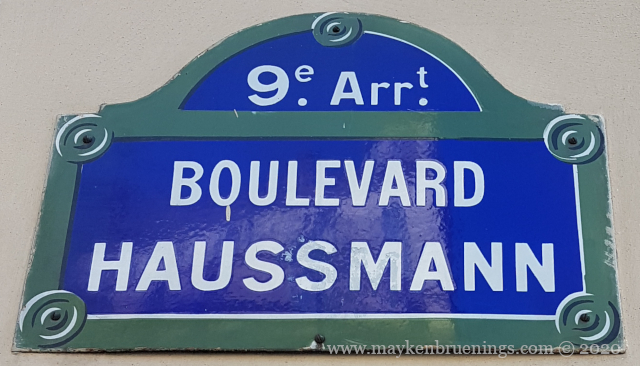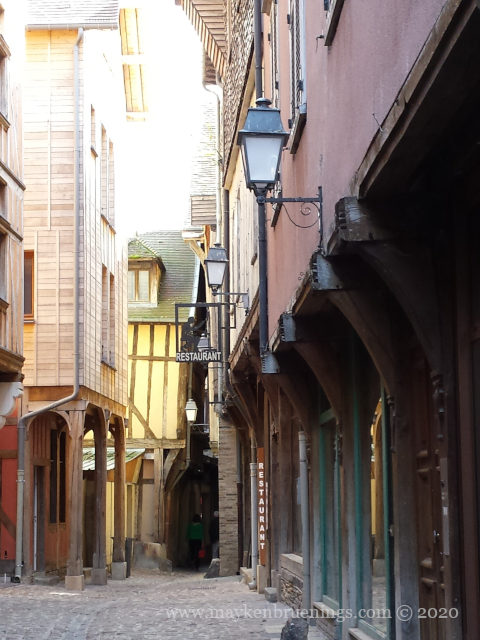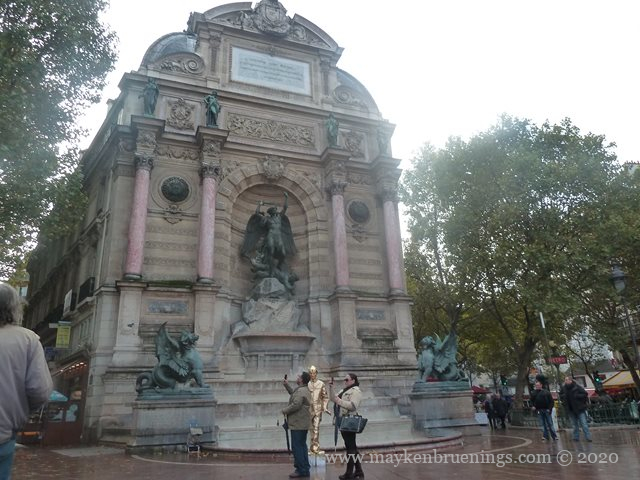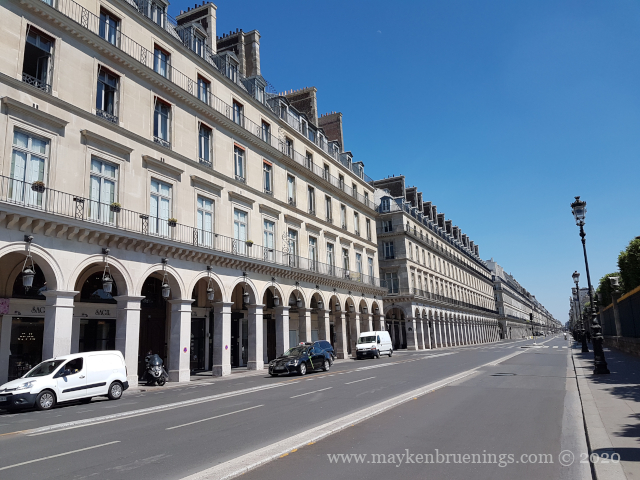When you walk on Paris streets, you’re bound to notice the uniformity of the building facades. Almost everywhere you look, buildings will be the same height and in a similar style, with cream-colored stone facades.
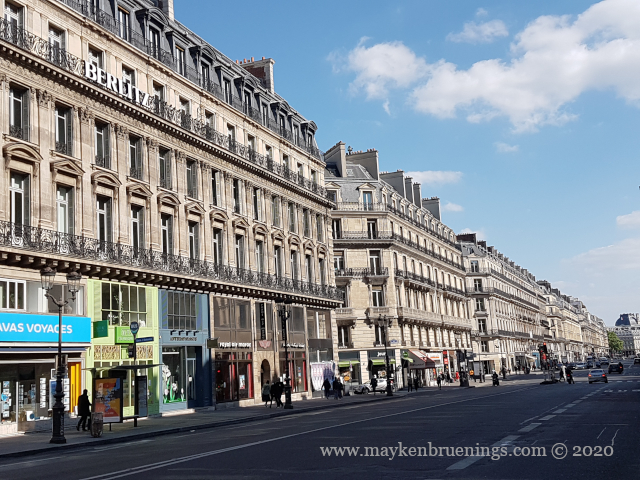
These facades are called “Haussmann-style facades”. As I explained before, in the mid-1800s, Baron Haussmann, on orders from Emperor Napoléon III, transformed the city of Paris.
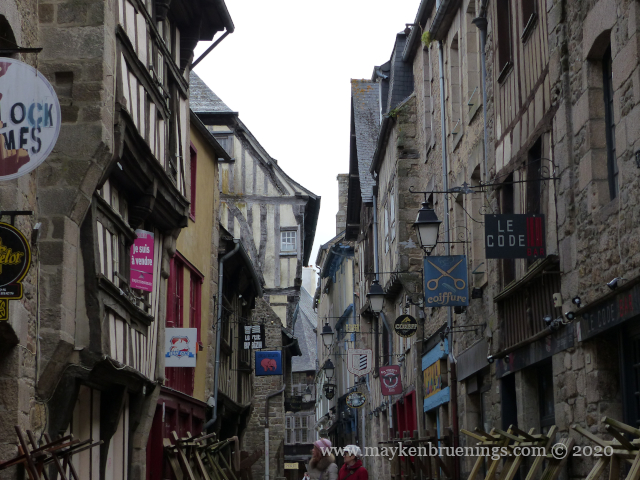
As part of the city’s transformation, the old houses were torn down, and new ones were built. The Immeuble de Rapport (Revenue House) and the Hôtel Particulier (Townhouse) became the reference for these buildings. They were meant to resemble each other, the esthetics of the rational.
Now let’s have a closer look at these Haussmann buildings.
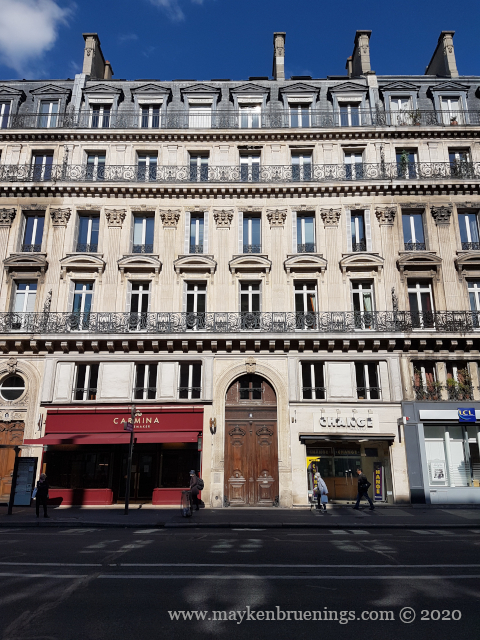
As you can see in the photo, then as now, the ground floor housed the shops opening onto the street. You’ll notice as well that the first floor just above the shops has a comparatively low ceiling. The rooms on this level were part of the shops or housed their back shops, workshops, or storage area.
The second floor was the noble floor, with high ceilings and high windows that let in a lot of light. Wrought-iron balcony rails run along the façade.
Can you see how the windows are smaller from one floor to the next as you go up? That’s because with each level you go up, the ceiling comes down. Accordingly, these levels were less expensive and people with slightly lower income than the rich second-floor people lived there. The wrought-iron rails running around the façade on the fifth floor mainly serve esthetic purposes.
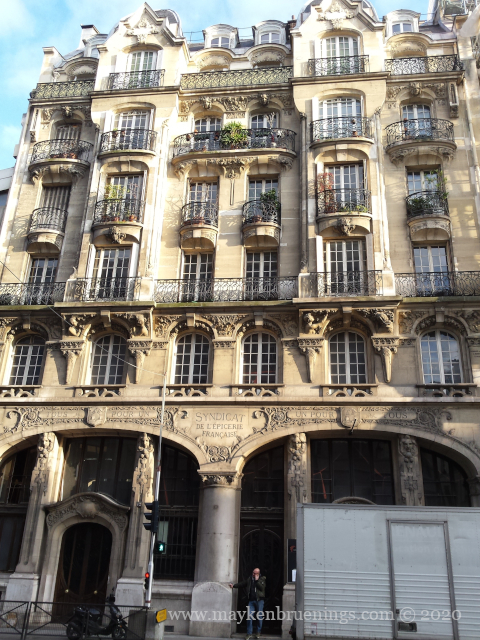
The rooms under the roof were tiny and cramped servants’ rooms. Service staircases run down from their level directly to the kitchens of the second floor, so the servants could easily and discreetly access their workplaces.
Today, many of these servants’ rooms have been reconfigured, often regrouped to form small apartments that are often rented to students. The second-floor apartments are still as they were in the old days, enormous rooms with high ceilings, stucco, giant fireplaces and big windows.
